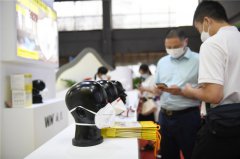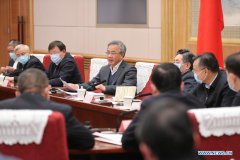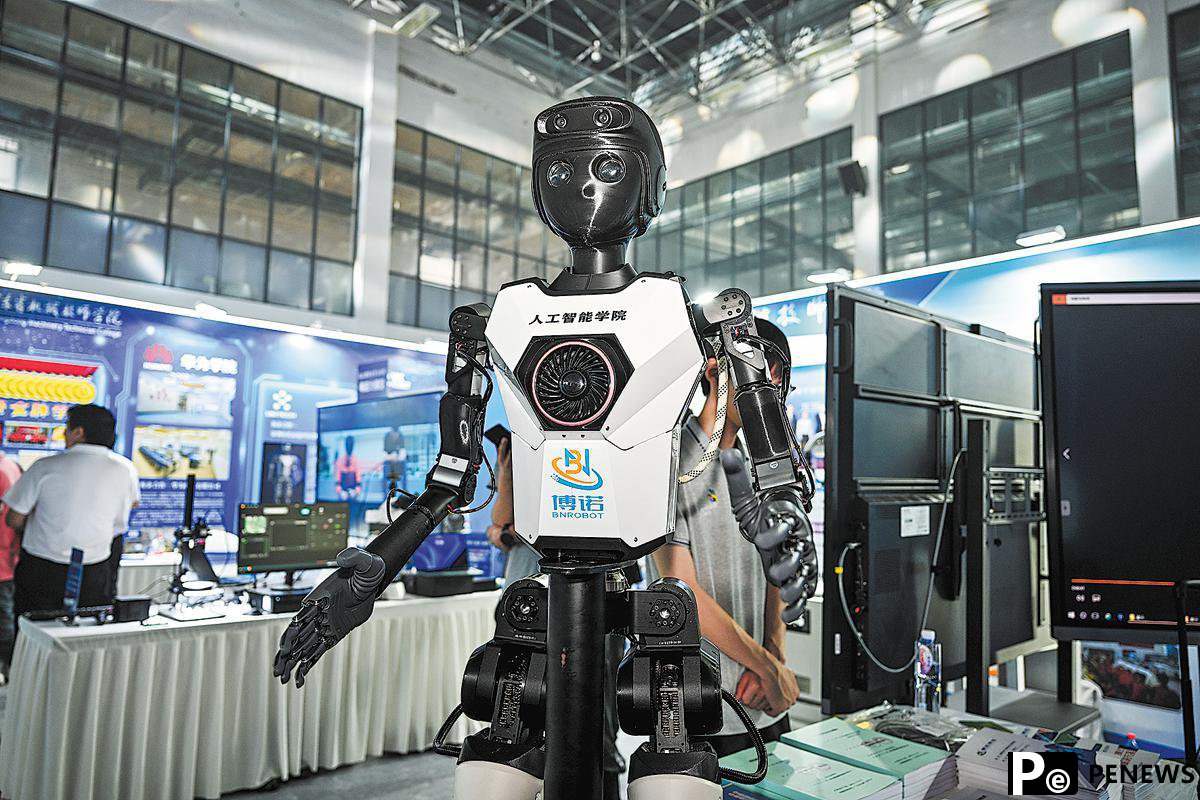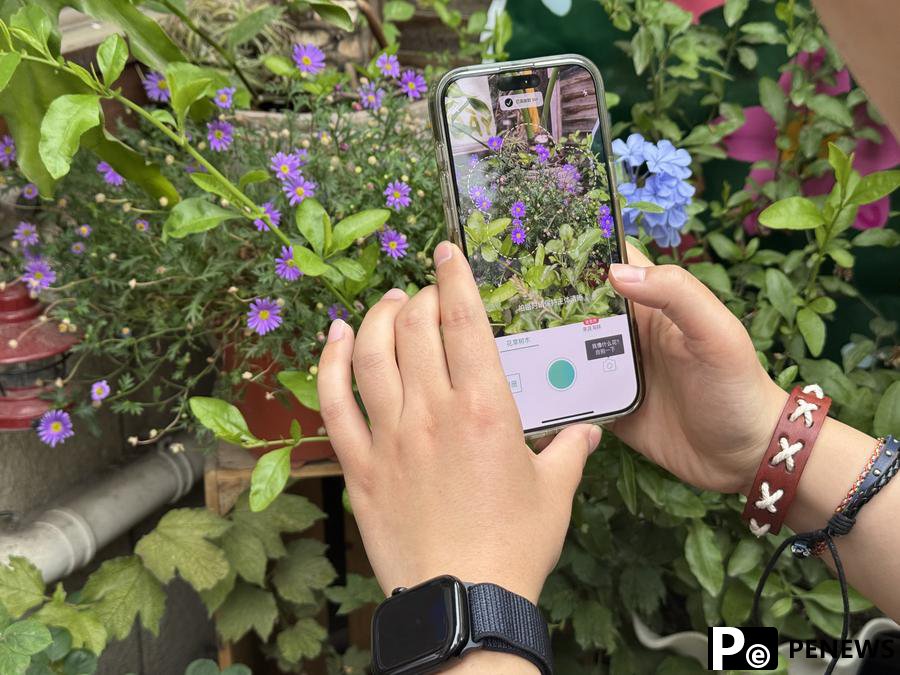Home>>
Nation's badminton boom sends shuttlecock prices soaringBy Yang Feiyue (China Daily) 09:38, June 05, 2025
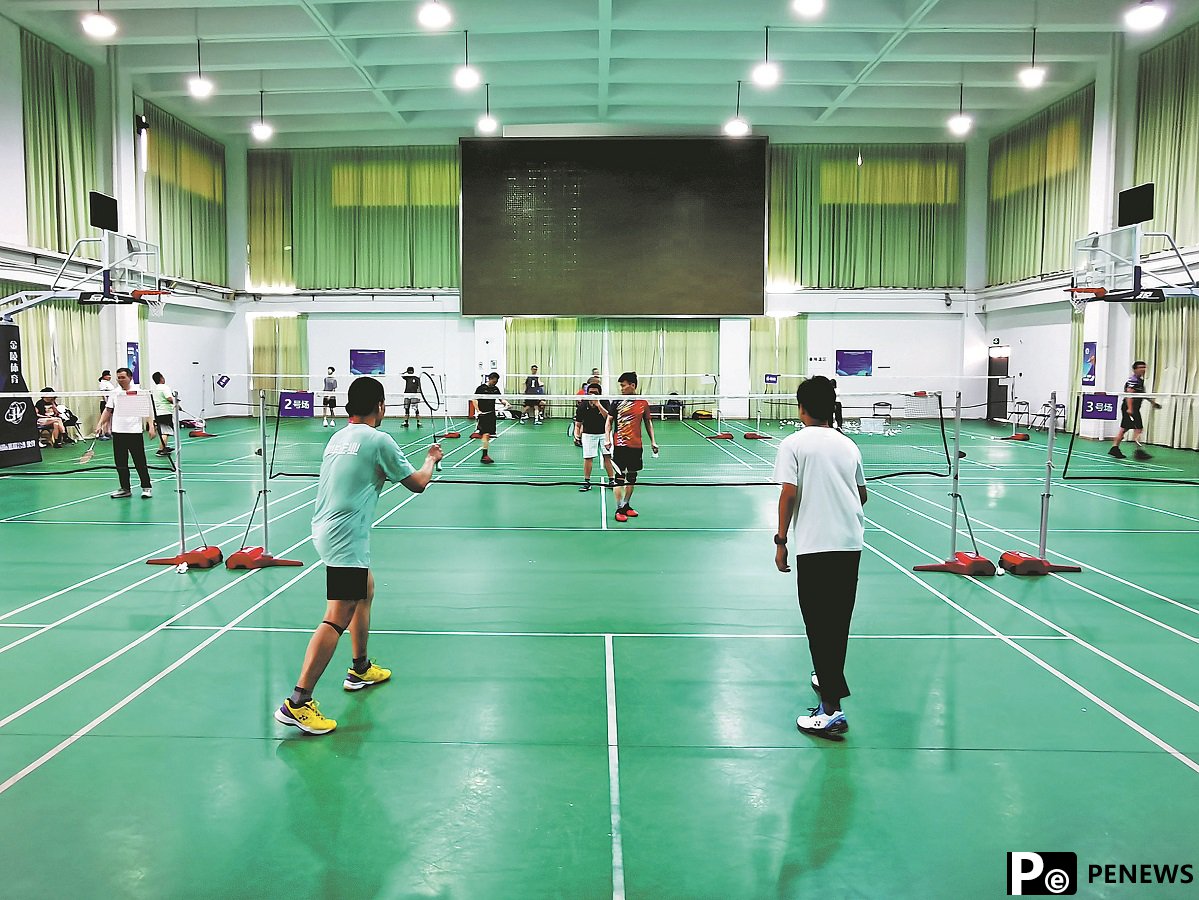
Enthusiasts play with their friends at a weekend social game in Shanghai. (Lu Ping/China Daily)
The moment Li Yaxi saw the notice of a price hike for shuttlecocks in mid-March, her heart sank. She immediately contacted her suppliers while calculating her cash flow.
"We moved as quickly as we could to prepare the money and grab all the supplies we could get our hands on," said Li, who runs six badminton training centers in Beijing under her company Poyan Sports' umbrella. Her company has been training young badminton players since 2017.
Each tube of midrange shuttlecocks costs 70 to 80 yuan ($9.70 to $11.10). With her players training up to 18 hours a week — many of them play six hours a day on weekends — the costs pile up quickly.
"We spend 100,000 to 200,000 yuan out of our own pocket every year to support the competitive classes (of players), and about 80 percent of that goes to shuttlecocks," she said.
Since her business requires a lot of shuttlecocks, she has been buying them in bulk, normally 30 to 50 cases, with each containing 50 pieces.
"Even a slight increase of 2 to 3 percent will incur thousands of yuan in extra costs for us," she said.
At the end of March, citing a rise in raw material costs, leading badminton brand Victor announced a shuttlecock price hike to take effect after April 1.
Another major brand, RSL, has raised prices multiple times this year. After an increase at the beginning of 2025, prices were lifted again in March. On RSL's official Tmall flagship store, a tube of 12 of its No 7 shuttlecocks reached 145 yuan. Two years earlier, the same product was 74 yuan, almost half the price.
Li, who managed to secure 30 cases of shuttlecocks, can't remember the exact number of price hikes in recent years as they've been so frequent. "We wanted to buy more, but it turned out that there were not enough for us to buy," she said.
Price stings
Badminton is the country's most popular sport, with a staggering 250 million recreational players, according to the 2023 national sports participation survey released by the General Administration of Sport of China.
Zhao Xingluo, who organizes a big group of 2,000 recreational badminton players in Beijing, said they have carried the brunt of each major price jump over the past two years.
He once favored the popular RSL brand, with each tube of shuttlecocks costing 77 or 78 yuan, before they doubled in price to about 150 yuan.
"Prices used to climb slowly, just one yuan or so per year. But two years ago, they jumped more than 20 yuan all at once. That's when we realized something serious was happening," said 30-something Zhao. In response, he and his group of players switched to domestic brands like Li-Ning, hoping they'd be less affected by price volatility.
"We thought the price hikes were just on imported brands," he said. "But not long after, Li-Ning's prices rose too. That's when we realized it wasn't about the brand — it was the whole industry," he said.
Zhao arranges groups of 30 to 60 badminton enthusiasts to have three to four sessions on a regular basis each week in gyms across the city. "We burn through a dozen tubes of shuttles every night," he said. "And now, each tube costs way more than it used to."
With the group using more than 70 tubes a week, the expense quickly adds up.
"That's nearly more than 13,000 yuan per week, just on shuttlecocks," Zhao noted. "We split the cost among members, but it still affects how often some people choose to play, especially beginners."
Today, many of the higher-end shuttlecocks on the market, like the Chao Pai's Deep Pink series that Zhao's players now use, are priced at about 175 yuan a tube. "We choose them because they're more durable and give you a better playing experience, and thus better cost performance. But let's be honest, it still stings," he said.
Ducks versus demand
The price of shuttlecocks will continue to increase unless synthetic shuttlecock technology improves or the poultry industry produces more ducks that are raised through traditional 75-day farming methods, said Wang Haijun, manager of Beijing Tianyuan Qikang Sports Products Co.
Today's fast-grown ducks don't yield usable feathers, he explained. "It's not just shuttlecocks, the price of badminton products like rackets, started climbing noticeably after pandemic restrictions were lifted in 2023," he added.
Wang's company distributes equipment for major brands including Yonex. He attributes the badminton boom to people becoming more health-conscious after the pandemic.
His company's annual sales have jumped from 500 million yuan before the pandemic to nearly 800 million yuan today, with badminton products leading the expansion over tennis and basketball equipment.
However, manufacturers have struggled to keep up with demand. "While player numbers may have doubled, factory capacity has only increased by 15 to 20 percent at best," Wang explained.
The badminton industry is not self-contained and relies heavily on the poultry sector for raw materials.


